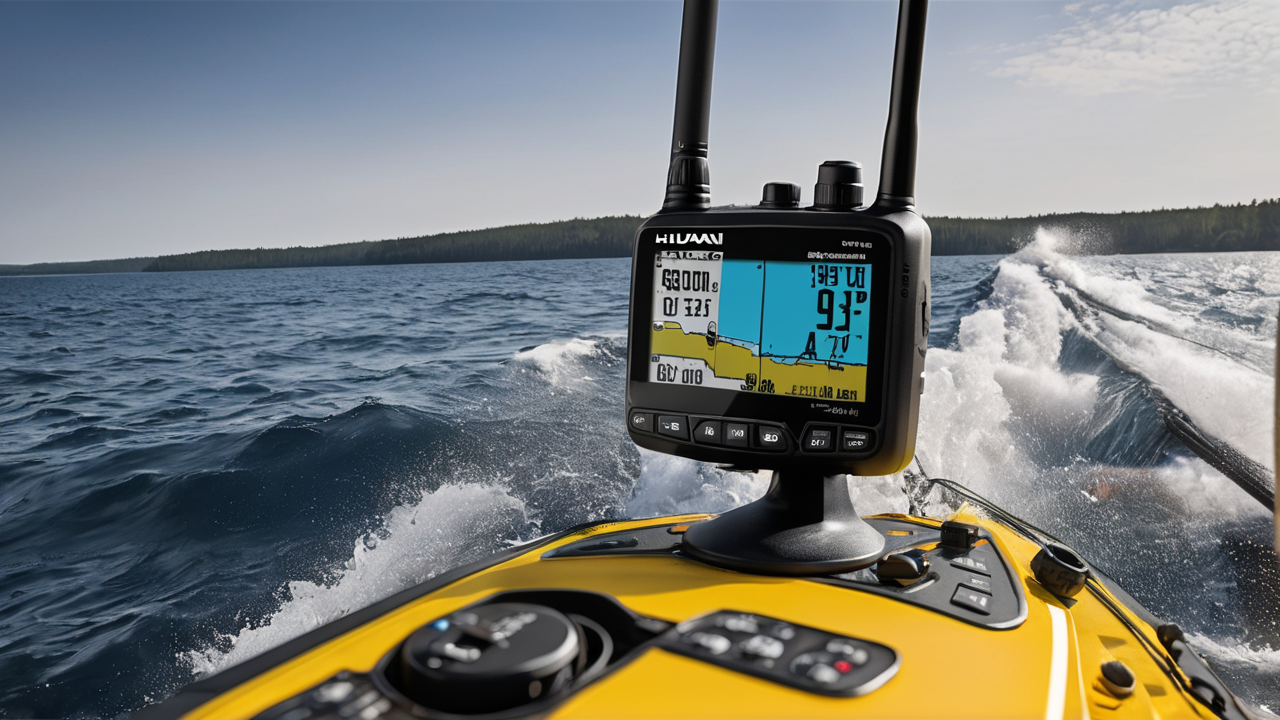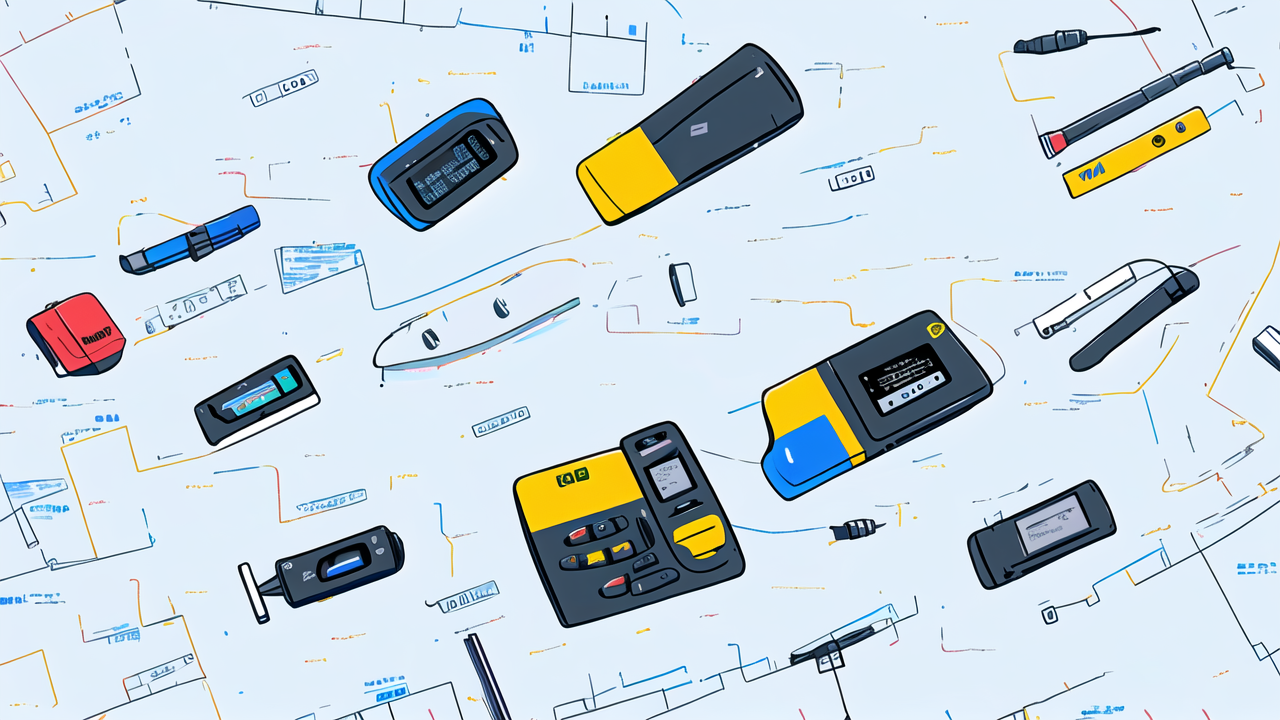Understanding the Importance of Two-Way Radios at Sea
The Role of Two-Way Radios in Maritime Safety
Marine two-way radios are vital tools for safety at sea. They enable clear communication between vessels and shore. In emergencies, these devices can be lifesavers. They allow boaters to call for help quickly and effectively. Coast guards rely on these radios to coordinate rescue efforts. Weather updates and navigation warnings are also shared via these radios. For commercial ships, they are essential for coordinating port entries and exits. Pleasure craft use them to stay informed about local conditions. In short, marine radios are key to maintaining safety in coastal waters.

Enhancing Communication with Two-Way Marine Radios
Two-way marine radios greatly improve communication at sea. They offer reliable contact when cell phones fail. These radios work over long distances, even in remote areas. They allow for group conversations, which is useful for coordinated activities. Clear audio quality ensures messages are understood correctly. Many models have features like weather alerts and GPS tracking. This helps boaters stay informed and easily share their location. Some radios can even send distress signals automatically if submerged. These features make marine radios essential for both safety and convenience on the water.
Top Marine Two-Way Radios for Recreational and Commercial Use
Features to Look for in a Marine Two-Way Radio
When choosing a marine two-way radio, several key features are important:

- Waterproofing: Look for IPX7 or higher rating for water resistance.
- Floating design: This prevents loss if the radio falls overboard.
- Battery life: Long-lasting batteries are crucial for extended trips.
- Range: Consider the maximum distance the radio can transmit.
- Channel capacity: More channels offer greater flexibility.
- DSC capability: Digital Selective Calling enhances safety features.
- GPS integration: This allows for location sharing and tracking.
- Noise-canceling technology: This ensures clear communication in loud environments.
- Backlit display: For easy reading in low light conditions.
- Emergency features: Such as automatic distress signaling.
Choose a radio that best fits your specific boating needs and budget.
Reviewing the Top-Rated Marine Two-Way Radios
Several marine two-way radios stand out in the market:
- Standard Horizon HX870: Known for its excellent range and GPS capabilities.
- Icom M93D: Offers advanced DSC features and a compact design.
- Uniden MHS75: A budget-friendly option with solid performance.
- Cobra MRHH350FLT: Features a floating design and long battery life.
- Garmin Nautix 100: Integrates well with other marine electronics.
These radios offer a mix of features suitable for different needs. The Standard Horizon and Icom models are popular among serious boaters. They provide advanced features and reliability. The Uniden and Cobra radios are great for recreational use. They offer good value for money. The Garmin radio is ideal for those with existing Garmin equipment. Each radio has its strengths, so consider your specific requirements when choosing.
Comparing Price Points and Specifications
Marine two-way radios vary widely in price and features:
- Entry-level models ($50-$100): Basic functions, limited range, suitable for small boats.
- Mid-range options ($100-$250): Better range, more channels, some advanced features.
- High-end radios ($250+): Full feature set, longest range, best build quality.
Entry-level radios like the Uniden MHS75 offer good value for casual users. Mid-range options like the Cobra MRHH350FLT balance cost and features well. High-end models like the Standard Horizon HX870 provide top performance for serious boaters. Consider your budget and needs when choosing. Remember, the most expensive option isn't always necessary. A mid-range radio often provides sufficient features for most recreational boaters.
Best Practices for Using Marine Two-Way Radios
Proper Installation and Maintenance
Correct installation and maintenance are crucial for marine two-way radios. For fixed-mount radios, choose a dry, accessible location. Ensure proper grounding and antenna placement for best performance. Handheld radios should be kept in a waterproof case when not in use. Regularly check and clean all connections. Keep batteries charged and replace them as needed. Protect the radio from extreme temperatures and direct sunlight. Test your radio regularly to ensure it's working properly. If you notice any issues, have it serviced by a professional. Proper care will extend the life of your radio and ensure it's ready when you need it.

Emergency Procedures and Two-Way Radio Protocols
Knowing proper radio protocols is essential for effective communication:
- Always monitor Channel 16 for distress calls.
- Use "Mayday" only for life-threatening emergencies.
- For urgent situations not life-threatening, use "Pan-Pan".
- Speak clearly and slowly when making a call.
- State your vessel name, position, and nature of distress.
- Wait for a response before continuing your message.
- Keep messages brief and to the point.
- End conversations with "Over and Out".
Practice these procedures regularly. In an emergency, stay calm and follow these protocols. Proper use of your radio can make a significant difference in emergency situations.
Legal Requirements and Compliance for Radio Operators
Operating a marine radio comes with legal responsibilities. In the US, a ship station license is required for most vessels traveling in international waters. Recreational boats in US waters typically don't need a license. However, all operators should have a Restricted Radiotelephone Operator Permit. This ensures you understand proper radio use and protocols. It's illegal to make false distress calls or use obscene language on marine channels. Always use your radio responsibly and ethically. Stay informed about local regulations, as they may vary by region. Compliance with these rules ensures safe and legal radio operation on the water.


